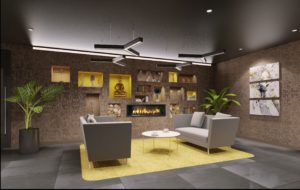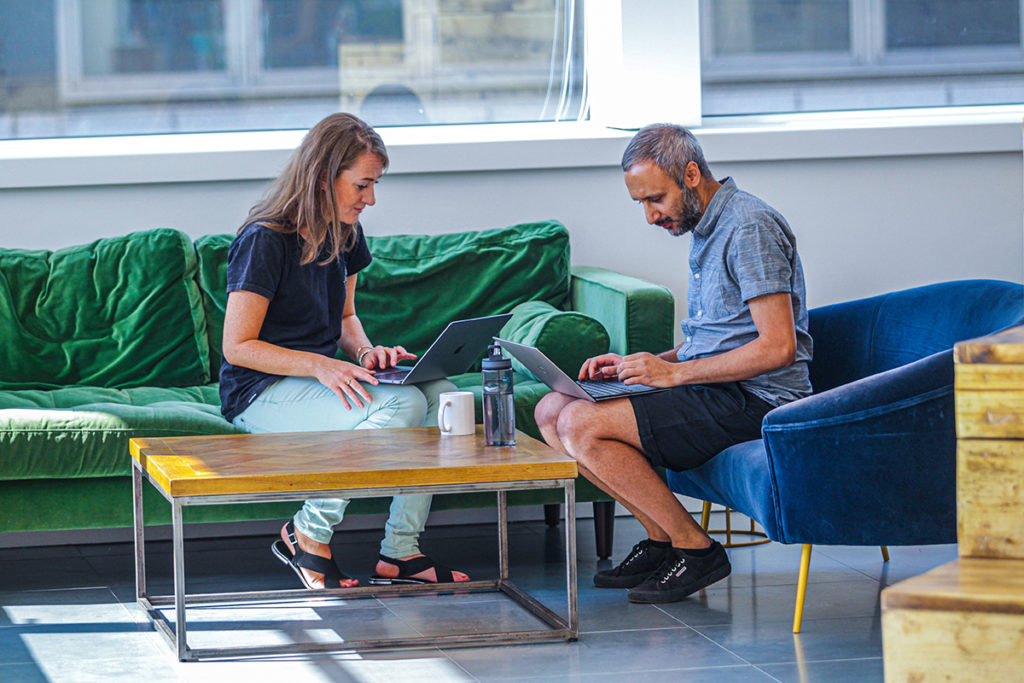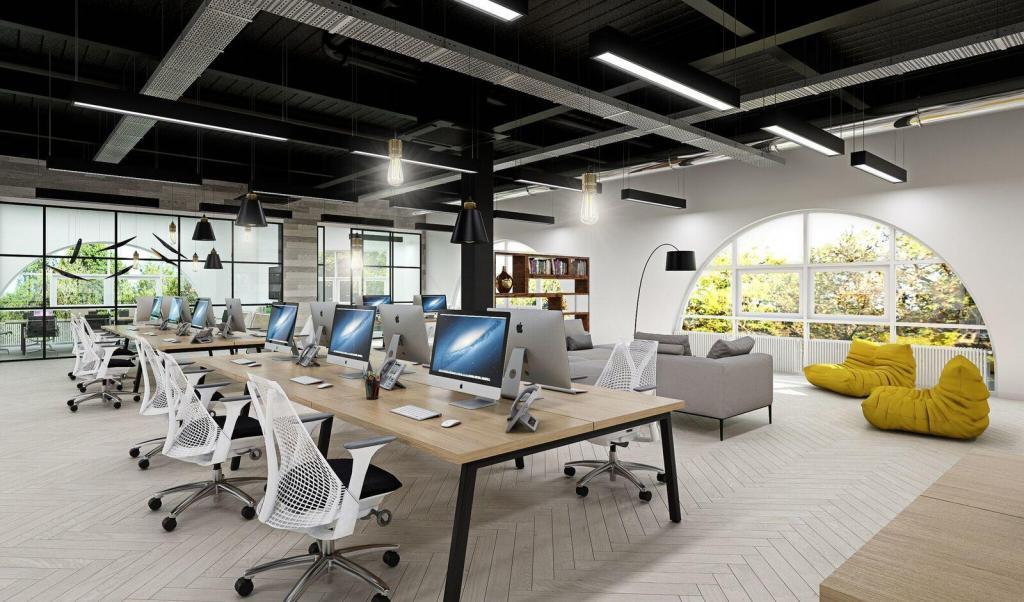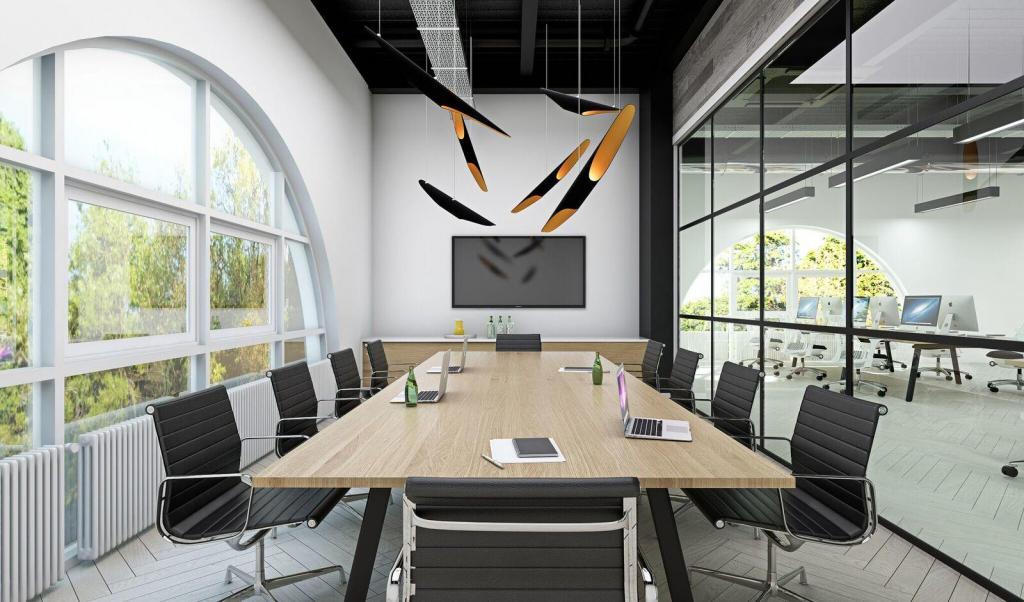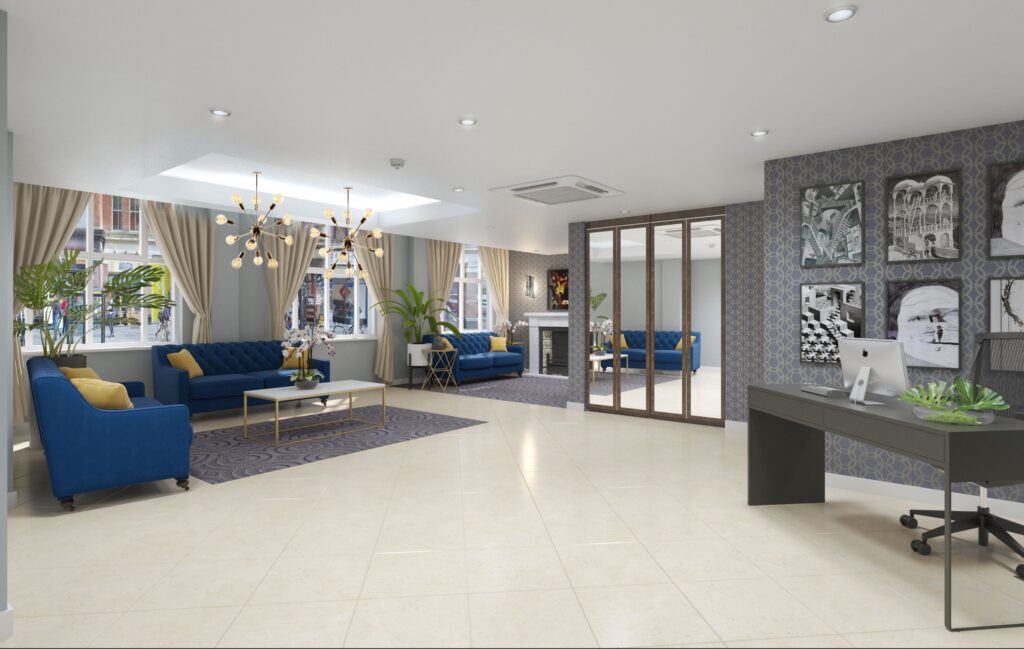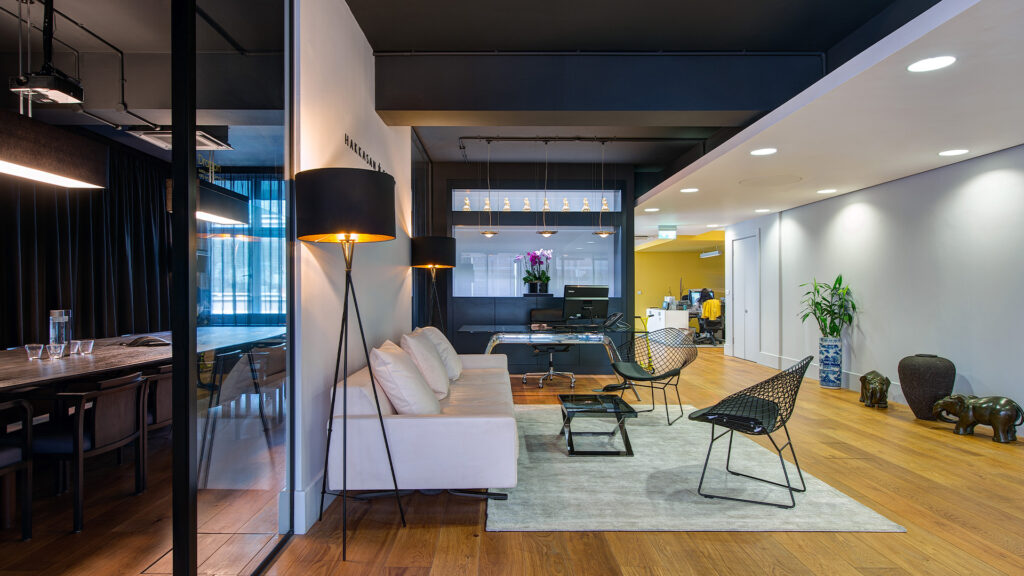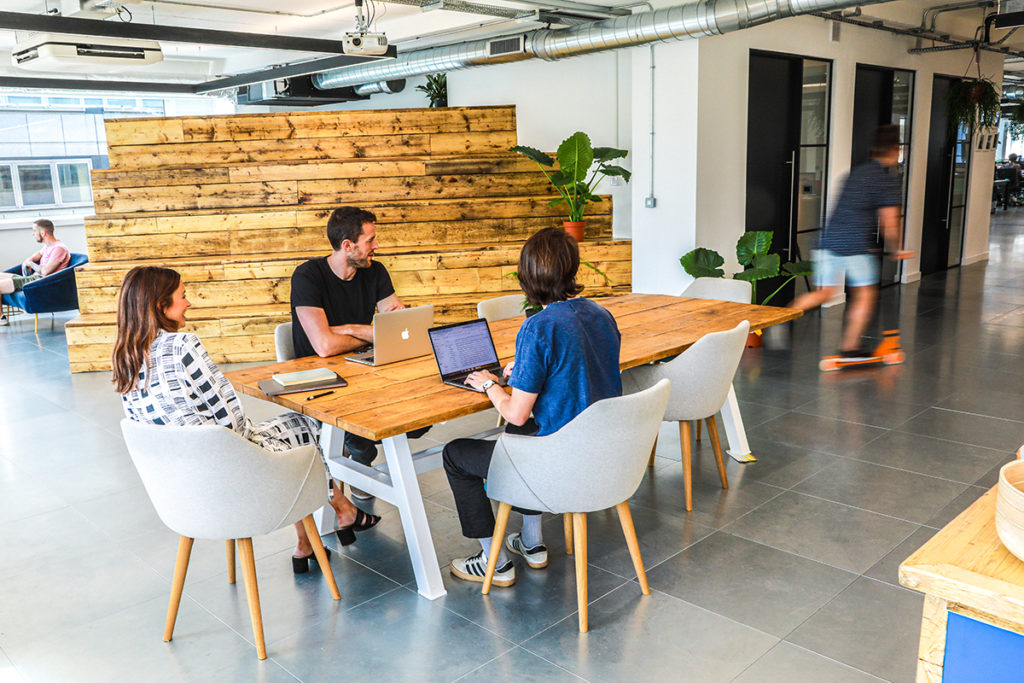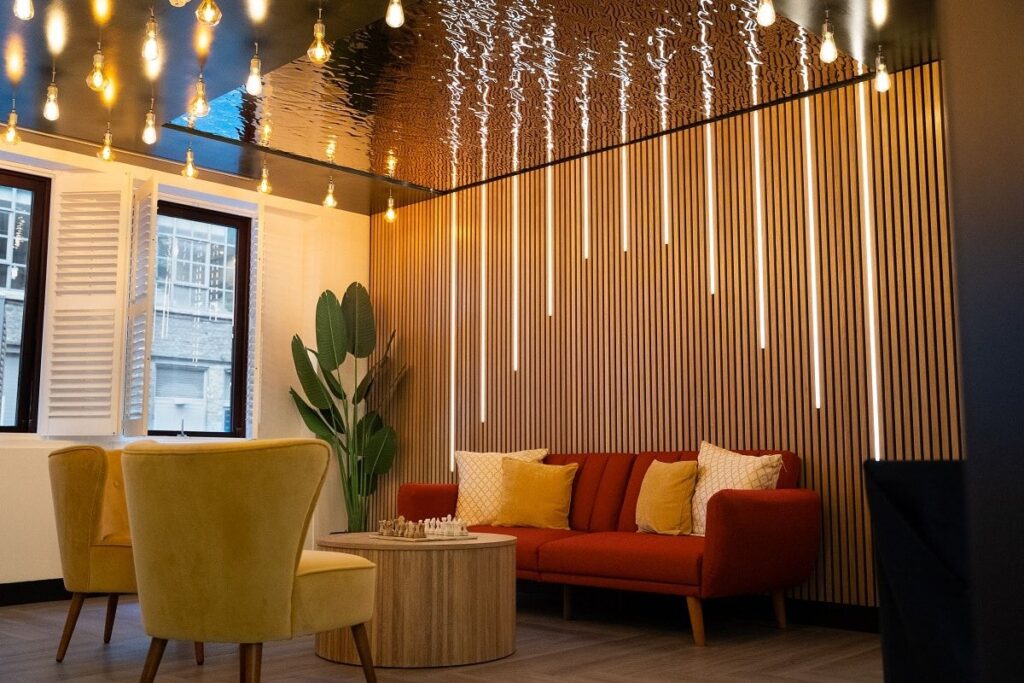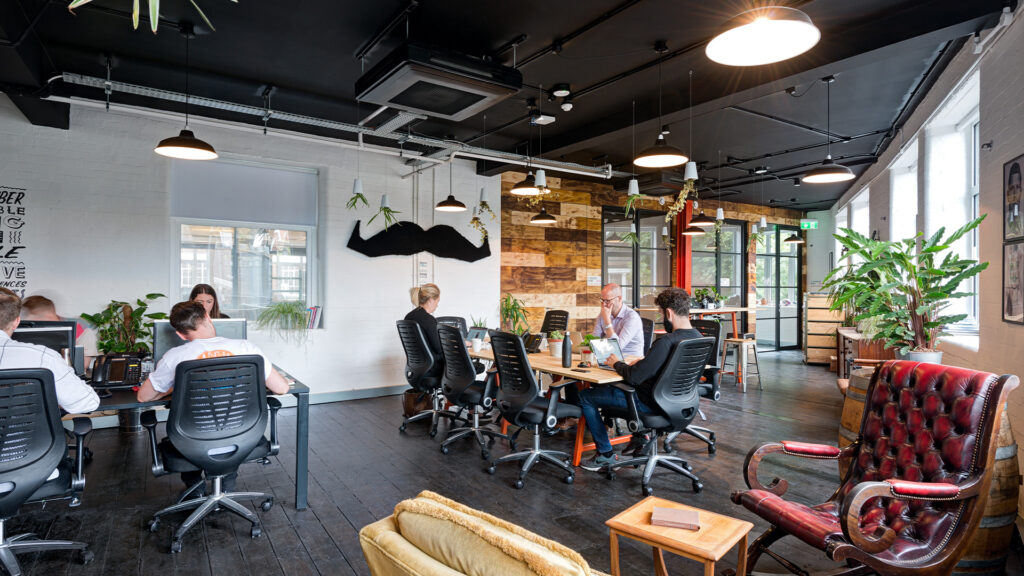Finding the perfect office space is no small task. It’s a balancing act between ensuring your team has enough room to thrive and not overspending on square footage you don’t actually need.
Whether you’re a start-up, scaling rapidly, or simply relocating, understanding how much office space your business requires is essential for making a smart investment.
As office space planning and design experts, we know how to optimise space and create environments that work as hard as your team does.
Why the Right Office Space Matters
The amount of office space you have can directly impact productivity, employee satisfaction, and even your bottom line.
Too little space, and your team will feel cramped and uncomfortable. Too much, and you’re wasting money on unused areas.
A well-designed office strikes a balance – it gives employees room to work effectively, fosters collaboration, and provides spaces for focus or relaxation. And with the rise of hybrid working, your space needs might not be as straightforward as they used to be.
Key Considerations When Calculating Office Space Requirements
There’s no one-size-fits-all answer to how much office space you’ll need. Every business is different, and your unique setup will determine the ideal layout. Here are the main factors to keep in mind:
1. Number of Employees
The number of people in your team is the most significant factor when calculating space. As a general rule of thumb: UK Standards suggest allocating 8-12 square metres per employee. This allows for a desk, chair, and some circulation space. However, if your team works remotely part-time, you could opt for a hot-desking setup, reducing the total number of desks required.
2. Type of Work
Different roles require different setups: Open-plan desks are great for collaborative teams like marketing, design, or sales. Private offices are essential for leadership, HR, or roles that require confidentiality. Meeting rooms should be considered for internal or client meetings. Breakout spaces for brainstorming, informal chats, or simply taking a breather are increasingly important for a happy team.
3. Growth Plans
Don’t just plan for your current team size. Are you hiring more people in the next few years? If so, your space should be flexible enough to accommodate growth without needing another costly move.
4. Hybrid and Remote Working
With hybrid working models becoming the norm, you might not need a desk for every single employee. Many businesses can reduce their workspace by up to 30% with effective remote working policies and shared desks.
5. Legal and Practical Considerations
UK workplace regulations specify minimum requirements for health, safety, and employee comfort. These include:
- Space per person (the legal minimum is around 5 square metres per person, but this is rarely enough for a comfortable work environment)
- Ventilation and lighting (natural light and proper airflow can’t be overlooked)
- Facilities (ensuring enough toilets, kitchen areas, and storage to meet your team’s needs).
Office Space Breakdown: How to Allocate Square Footage
Once you’ve considered the key factors, you can break down your office into different zones. Here’s a rough guide to how space might be divided in a modern office:
1. Workstations
Desks, chairs, and immediate storage. Allocate 8-10 square metres per workstation.
2. Meeting Rooms
A small room for 4-6 people: 10-15 square metres. A larger room for 10-12 people: 20-30 square metres. Consider integrating modular meeting spaces or pods for flexibility.
3. Reception and Waiting Area
Aim for 10-20 square metres, depending on how many visitors you expect.
4. Breakout and Social Areas
These are crucial for collaboration and relaxation. Allocate at least 10-15% of your total space to informal areas. Think sofas, coffee tables, and maybe even a ping-pong table!
5. Storage and Filing
While many businesses are moving towards paperless systems, storage is still important. Reserve 5-10 square metres for office supplies, equipment, and files.
6. Kitchens and Dining Areas
For smaller teams, a kitchenette might be enough, but larger teams may require a dedicated dining area. Budget 10-15 square metres per 20 employees.
How to Assess Your Current Office Space
If you’re already in an office, take the time to evaluate whether your space is working for your team. Ask yourself:
- Do employees have enough room to work comfortably?
- Are meeting rooms always fully booked?
- Are there underused spaces collecting dust?
It might be time to downsize, reconfigure, or upgrade.
Making the Most of Every Square Metre
Office design can help you maximise your space without feeling crowded. Here are some additional tips:
- Flexible furniture such as modular desks, foldable tables, and stackable chairs to adjust the layout as needed.
- Vertical storage like shelves and wall-mounted units free up floor space.
- Zoning creates clear zones for work, meetings, and socialising to reduce clutter and improve flow.
- Shared spaces such as hot-desking and shared meeting rooms save significant space in hybrid offices.
When Should You Involve an Office Design Expert?
If you’re unsure how to make the best use of your space, bringing in an office design expert can save you time and money. As professionals, we can conduct a workplace analysis to determine your exact needs, help with space planning to ensure compliance with UK regulations, and suggest innovative design solutions to maximise productivity and employee satisfaction.
Getting your office space right is about more than just square footage 0 it’s about creating an environment where your team can do their best work. By understanding your business’s unique needs, future-proofing for growth, and investing in thoughtful design, you can turn your office into a space that inspires productivity and collaboration.
If you’d like help designing your perfect office, we’re here to bring your vision to life.
Frequently Asked Questions
How can I make the most of an awkwardly shaped office space?
If your office has an unusual layout, consider using modular furniture, flexible workstations, and clever storage solutions. Zoning different areas with partitions or plants can also help make the space feel more structured and efficient.
How do I plan office space for future growth?
If you anticipate business expansion, opt for a flexible layout that allows for easy reconfiguration. Modular furniture, shared workspaces, and reserving space for additional desks or meeting rooms can help accommodate growth without the need for relocation.
What are the best ways to introduce privacy without creating a closed-off environment?
For businesses that need both collaboration and privacy, solutions like glass partitions, semi-private booths, and soundproof phone pods can offer discretion without making the space feel too enclosed.
What are some cost-effective ways to optimise a small office?
If space is limited, multi-functional furniture, vertical storage, and shared workstations can help maximise efficiency. Using light colours and mirrors can also create the illusion of a more open and airy workspace.
What should I consider when designing a client-facing office space?
If clients or visitors frequently come into your office, the reception area should be welcoming and professional. Comfortable seating, clear signage, and a well-branded space can create a great first impression.
When is the right time to relocate rather than optimise existing space?
If your business is experiencing long-term overcrowding, major inefficiencies, or lease restrictions that prevent modification, relocating may be a better solution. Conducting a cost-benefit analysis can help determine whether reconfiguring your current space or moving is the best option.
Related read: What Type Of Office Space Is Right For Your Business?



